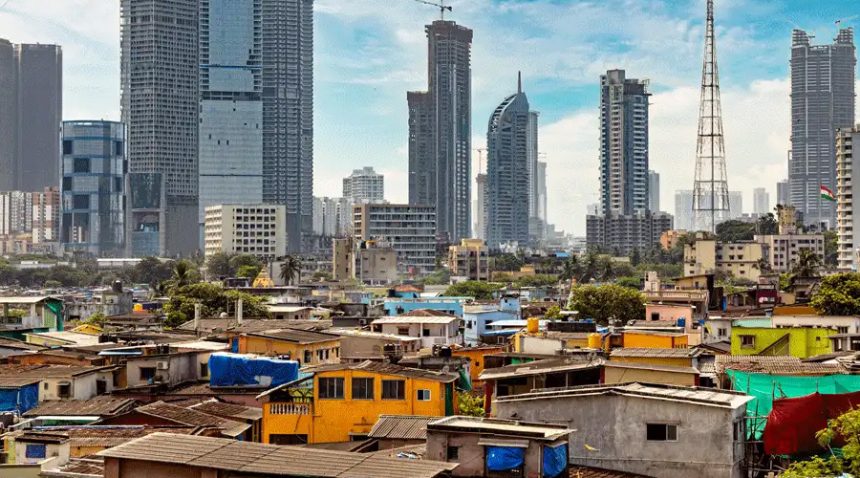Property prices in major cities like Dubai, San Francisco, and New York continue to rise in 2025
In 2025, property prices would continue to rise in major urban centers against prior forecasts of cooling. A major propellant in the price rises in cities such as New York, London, Dubai, and Sydney is the ongoing uncertainties in the economy, or interest rate hikes major cause of price growth. A mix of factors, such as limited supply of housing, demographic shifts, and global patterns of investment, fuels this trend.
Supply Constraints. Regulatory Action
Declining property prices in urban settlements are indeed a problem, largely caused by the persistent and prolonged shortage of housing. Zoning and building codes severely hampered new construction in cities such as New York and San Francisco. In San Francisco; for instance, restrictive zoning has been identified as a major cause of the housing shortage- since several neighborhoods have regulations regarding height and density of buildings.
New York City itself has a longstanding housing shortage, which is perpetuated by zoning rules and high construction costs. These constraints create the mismatch between supply and demand for housing, which contributes to rising prices.
Demographics and Urban Migration
Urban centers are still enticing populations with employment opportunities, educational institutions, and lifestyle-based amenities. Migration holds demand for housing in cities, even with the prevalence of remote working. In the Dallas-Fort Worth area, for example, the embrace of suburban sprawl has helped maintain housing affordability, attracting new residents and supporting property values.
In Australia, cities like Adelaide and Brisbane have seen significant increases in median dwelling prices, driven by population growth and limited housing supply. Adelaide’s median dwelling price rose by 10.77% to $804,000, while Brisbane experienced a notable $101,000 year-on-year increase, reaching a median of $882,000.
Global Investment and Safe-Haven Assets
Global economic uncertainties have led investors to seek stable assets, with real estate in major cities viewed as safe havens. In London, prime property is regaining appeal among international buyers, particularly from the U.S. and the Middle East, due to favorable exchange rates and perceived stability. Despite concerns over Brexit and increased taxation, London’s property market offers comparative value, with prices about 18% below their 2015 peak.
Dubai’s property market has also benefited from increased foreign investment. Property prices in Dubai have risen significantly, with a 124% increase since 2020, driven in part by investments from Russian nationals and other international buyers seeking safe-haven assets.
Economic Factors and Interest Rates
While higher interest rates typically dampen housing demand, the impact has been uneven across markets. In some regions, such as the United States, home-price growth has slowed due to economic uncertainty and reduced buyer demand. According to the S&P CoreLogic Case-Shiller 20-city home-price index, prices rose 4.5% annually in February 2025, down from January’s 4.7%.
However, in other areas, the effect of interest rates has been offset by supply constraints and continued demand. In Australia, for example, the pace of price growth has slowed nationally but may rebound if interest rates fall. First home buyers are closely watching the upcoming federal election, with both major political parties proposing incentives that, combined with falling interest rates and limited housing supply, are expected to drive prices higher into 2025.
The resilience of property prices in major cities during 2025 reflects a complex interplay of supply constraints, demographic trends, global investment behaviors, and economic factors. While some markets experience moderation due to economic uncertainty and interest rate pressures, others continue to see price growth driven by persistent demand and limited housing availability. Understanding these dynamics is crucial for stakeholders navigating the evolving real estate landscape.





